10 Tips to Reduce Yard Noise; PsychoAcoustics, Audio Illusions & Masking
 Noise can interfere with what would be a tranquil relaxing living space to such a degree that noise can be a determining factor in a lower resale value of some homes. In a world so filled with commotion and activity we are sometimes bombarded with constant environmental noise that disturbs our sense of balance.
Noise can interfere with what would be a tranquil relaxing living space to such a degree that noise can be a determining factor in a lower resale value of some homes. In a world so filled with commotion and activity we are sometimes bombarded with constant environmental noise that disturbs our sense of balance.
The ear is the first sense to begin development in an unborn child at 22 days. Dr. Alfred A. Tomatis (1920-2001) a.k.a. “Einstein of the ear" informs us that hearing its mother’s voice in the womb is nourishing to the fetus. The primary function of the ear is to convert sound energy giving charge to the neo-cortex, the nervous system of the brain. The ear recycles sound as a nutrient through bone conduction and air pathways, digesting information and distributing it throughout the body controlling the neuro-muscular system of our balance and coordination.
After the procedure he went from his known world of silence and thrust into a new and terrifying world of noise, hearing for the first time in his life. Common noise that people seem to normally tune out like a midnight train miles away, crickets chirping, a kitten's cry, water in the pipes, a refrigerator hum and so on. These new sounds frightened him excessively and he clung onto anyone he could for protection and reassurance. He also had to regain his equilibrium. When someone walked by him too swiftly he would fall over until he could again maintain his balance walking. Previous to him being able to hear, his favorite toy had been a wind up music box that he held on his stomach to feel the vibrations as it turned. Days after his surgery he placed the music box on his stomach again when suddenly in a sense of awe and wonder slid it up to his ear. Sounds are not always disturbing or the cause of discomfort, sound can be wonderful.
Hearing is not a purely a mechanical process of propagating waves, it is a perceptual sensory happening. The perception of sound is subjective and the brain can be tricked by what our eyes perceive to see; which transforms and influences our audio processing. Sound, music, vibrations and frequencies are terms used interchangeably in the listening experience through the what has Aural science has termed as Psychoacoustics. The algorithm of Psychoacoustics is the connection of aural and visual stimuli. The perception of sound is subjective and the brain can be tricked by what our eyes see; which influences what we hear.
A good example of Psychoacoustics in action is with the McGurk Effect. In this demonstration a person repeats the sound "bah", "bah", "bah", "bah", "bah" and you hear the sound "bah". Then they dub a mouth forming the "F" sound over the previous video footage. Even though the "bah" is still being played you will still probably hear "fah", "fah", "fah", "fah", "fah", no matter how many times it is played. This is really amazing because even knowing that I am being tricked I still hear "fah". When I close my eyes I hear "bah". Our visual and aural communicate with each other and sometimes our eyes will say to the brain, "I can't see it" and amazingly similar to the placebo effect demonstration of giving a saline solution in place of morphine, we in turn hear what what our eyes tell us we hear. Unlike the placebo effect however, the phenomenon of Psychoacoustics can know what is being said and still the brain overrides the ear's information to agree with the eyes.
Vibrations and how sound is directed also has an effect on how we hear and perceive sounds. A good example of this is to place two file folders on either side of your head in front of each ear blocking the vibration from your ear. Many vocal coaches will use this technique to allow a person to hear their voice as it sounds to others without the use of a recorder. This method deflects the sounds direction and how we perceive what we are hearing.
Various creative methods to reduce noise have been used with ideas such as placing egg cartons or heavy texture over a wall, a rug over a laminate or hardwood floor or curtains over a window etc., to help noise reduction. With our present technology, creating an entirely sound proof landscape would mean enveloping an area equipped with the latest updates in acoustic science engineering. This however, would not be recommendable even if it is possible.
Experiments conducted in the chamber of Orfield Lab in Minneapolis, said to be the quietest room in the world according to the Guinness World Records have proved the need for some vibrations and sound. Almost total silence can work pretty well at driving a person close to insanity in less than an hour.
“Eventually, musical therapists will compose prescriptions after the manner of a pharmacist…” Dr. Ira Altschuler (of the Eloise State Hospital) (1942)

Anything moving causes motion frequencies resulting in a chain of vibration. There are many factors that play upon noise as it travels over distance; direction, temperature, humidity wind speed. As a general rule sound traveling over an unobstructed distance of 100 ft. is only lessened by approximately 21 dB.
Trees in past times were in general considered an alternative to reduce noise. Yet, when measured by a decibel meter a tree will do little to create a sound buffer compared to a massive solid barrier for reflecting or diffusing sound. Trees do however absorb sound energy. The rougher the bark, the better it will absorb the sound. Trees not only absorb sound its trunk, branches and leaves and scatter the sound waves but trees also play their own frequency of vibrational music radiating energy.
There are more factors that come into play in noise reduction than measuring it upon a decibel meter. The pitch, tone, rhythm and harmonies of sound also all play an important part in our perception of noise and sound. Our bodies are musical instruments and the human body has the capacity to alter sound waves and shift frequencies. For instance, the brain has the ability to selectively tune out numerous sounds to concentrate on one voice within a crowd.
Logically it would seem that the decibels of reduction probably isn’t worth the effort to plant a tree or mask the noise with a water fountain. Yet, strange as it seems...
• Designing Landscapes through the use of Psycho-acoustics • Masking with White Noise and Auditory Illusions • Blocking the Visual Stimuli from the Source of Noise
...will create more acoustic comfort. To the human mind processed through the eyes and ears, it is quieter.
Knowing that the mechanical function of the ear is not the only factor to take into account for noise reduction but the ears awesome perceptual transforming ability in its audio processing and with the understanding that noise barriers do not eliminate noise as per a reading on a meter decibel but rather it can alter our perception for a more tolerable sound level, here are...
Ten Tips To Reduce Yard Noise



1. Water Solutions for White Sound
In residential areas the aesthetic value and local landscape regulations can prevent one from reducing noise through constructing a physical barrier. In situations like this white noise can be a solution. White noise is designed to use sounds that are appealing to mask undesirable noises. Water can be an good alternative white noise to seemingly wash away sounds with splashing, bubbling water for a more soothing noise over lawn mowers, air conditioners, noisy people and passing traffic. A fountain does not need to be expensive to or elaborate or you can implement a bubbling fountain or recirculating pond. Also a stone bird bath, urn or copper tub that is has a recirculation pump work well. To be the most effective try and locate it close to your house/outside seating area or combine it with another barrier such as a fence or hedge. In larger areas a second water feature may need to be installed.
2. Trees for White Sound
The rustling of the trees can be calming for some, the drawback being the length of time a tree takes to grow. Trees such as Quaking Aspens and wind blowing through pine needles can also do well for white noise to mask.
3. Plant Trees To Absorb Sound
Deciduous trees will loose its effectiveness in the winter when it drops its leaves. On the plus side when it is full of leaves is usually during the months when people spend the most time outdoors. The compact and dense the foliage or trees are, the more energy they are able to absorb and reduce sound decibels.
4. Grow Shrubs and Hedges
Shrubs and hedges and landscaping methods are another way to reduce noise. To adequately drown out noise the foliage would have be been several feet thick as sound waves will move through any available space. One other drawback is the time a hedge or shrubbery can take to grow. The thicker the growth the more effective it will be to resist allowing sound through. Planting trees and shrubs that overlap one another can be helpful. The denser the plants the better sound reduction. Evergreen is more favorable for its density.
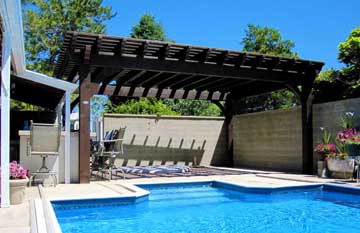
5. Install Fencing
Fencing constructed from masonry, such as concrete, stone or brick can be a more ideal choice for blocking sound. A solid wood fence with dog-eared slats can also help. Some Acoustical Landscape Designers suggest caulking in between the gaps of wood slats. The best assurance is to make the fence with the least amount of gaps possible as sound like water will travel the route of least resistance. Sometimes people will make a fence high to create a better sound barrier and while this may do in some cases, making sure to extend the fence all the way to the ground is just as important. City ordinances in some areas will limit a fence height. Sound will readily travel under the fence, too.
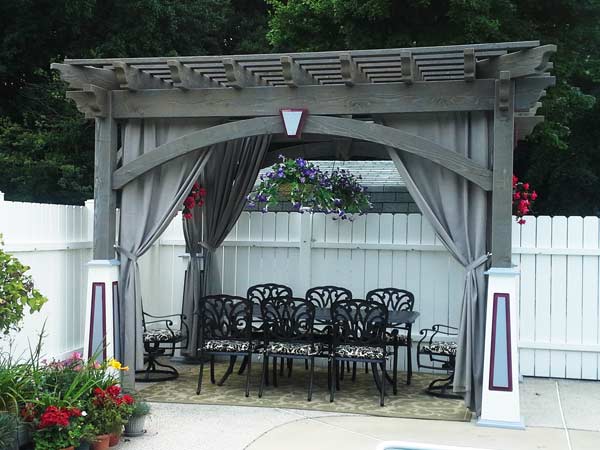
6. Sound Curtains
A sound curtain is fabricated with Velcro seals on the side edges and grommets on top. They are a combination of Vinyl and quilted fiberglass.
7. Cover for a More Solid Barrier
If you want to get a greater decibel meter reading covering a wall, fence or barrier with ferro cement or foam insulation will make a more solid sound barrier.
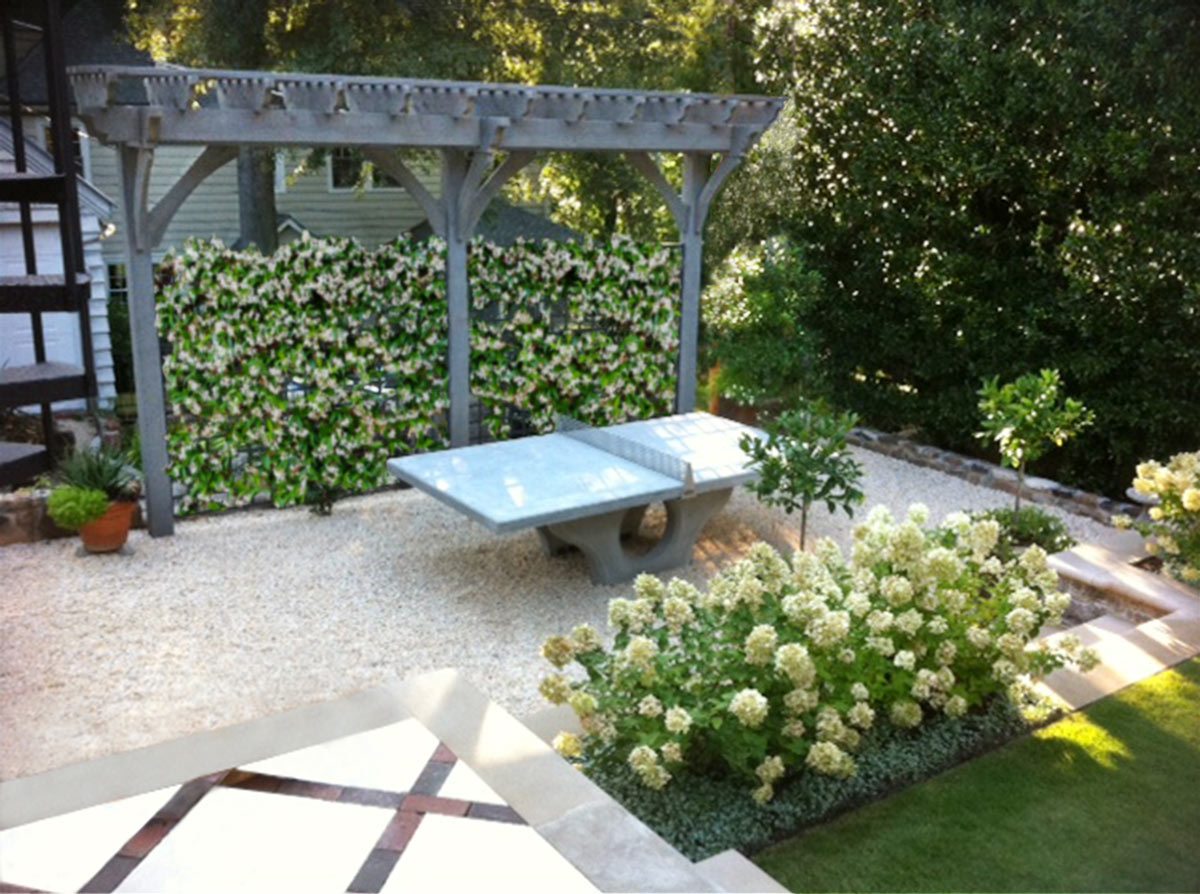
8. Fill in Empty Spaces
Wherever there is empty space it allows for sound to travel. Hedges and flowering vines can be made to work as fillers. The denser the foliage the better the results.
9. Fence Panels
Commercial Builders often utilize fence panels to for a buffer against the sound of their machinery and construction noise. This same technology can be used in landscaping techniques for a quieter atmosphere.
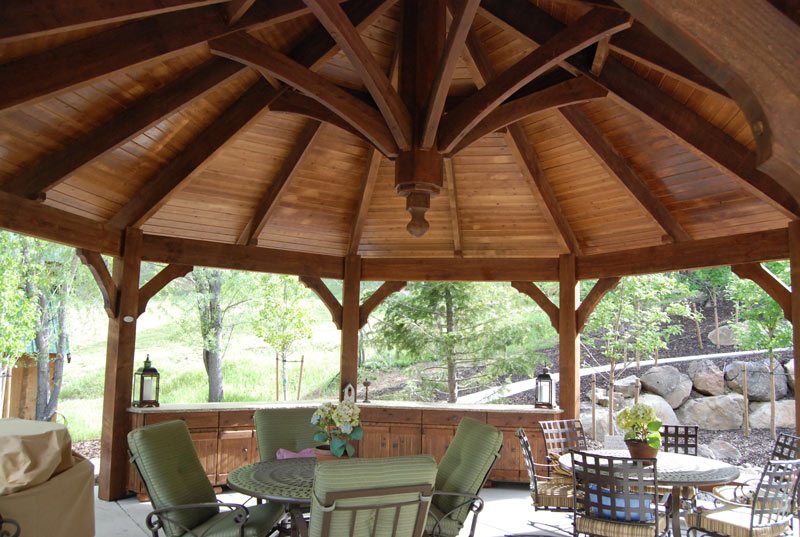
Timber frame particularly has long been used specifically as a natural noise barrier for a quieter and more relaxing atmosphere. Implementing trellises onto an outdoor structure can also be a benefit for additional privacy.
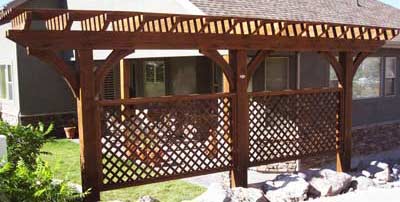
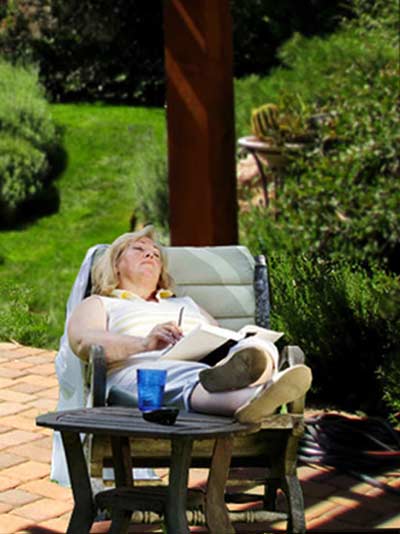
An outdoor structure will not create silence, the more solid a structure is such as a wall or high fence, the more it will reduce the impact of sound and airborne noise but it can cushion the blow and for a quieter more inviting oasis in your own backyard.
When deciding what noise reducing techniques to implement into a yard design, curb appeal should be an important factor as well.
After an in depth study into the fascinating science of Psychoacoustics, it still intrigues me that as illogical as it seems when I see the measurements on a decibel meter, the ears do not doubt the testimony of the eyes and brain. The eyes and brain will take in the magnificent view of a beautiful and private landscape, ignore the decibel meter and tell the ears, this is a quiet place, and amazingly it is.
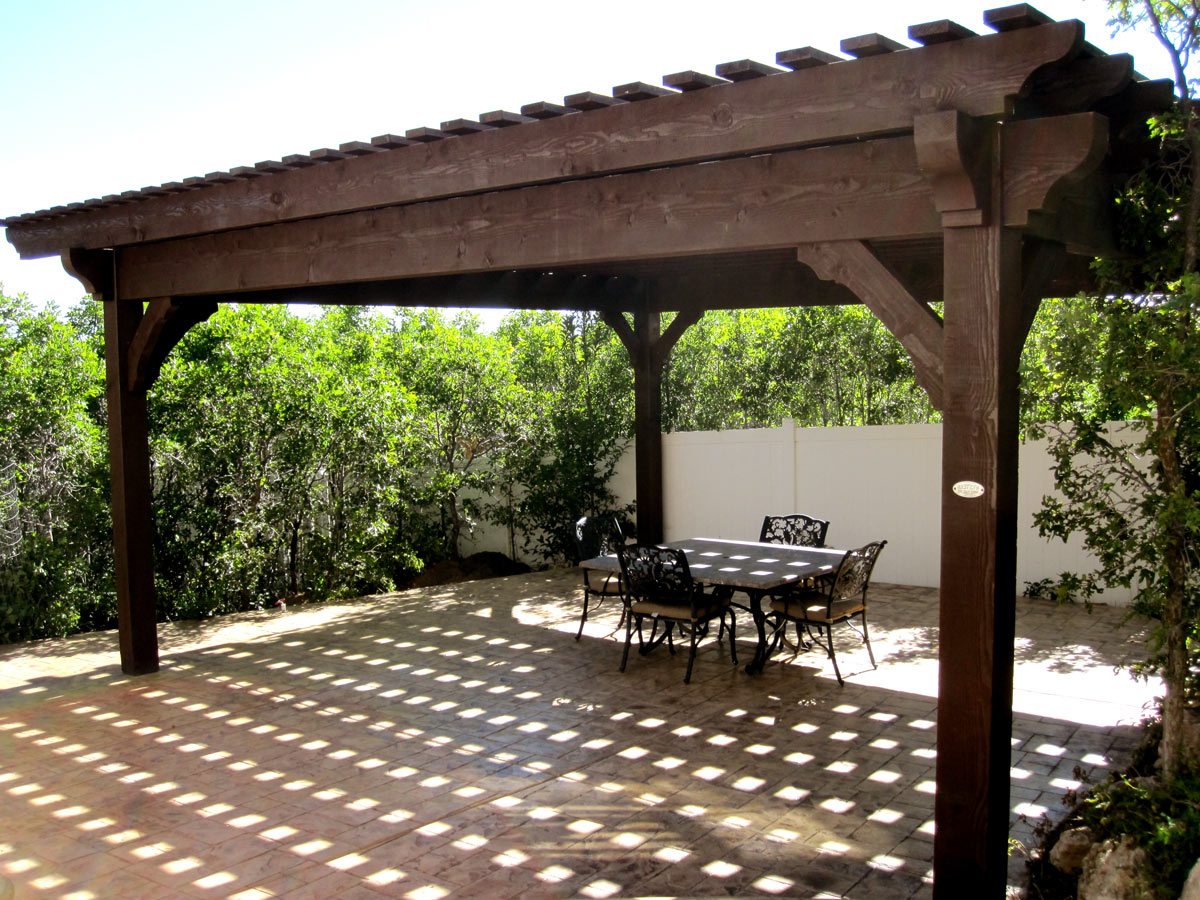



Leave a Comment